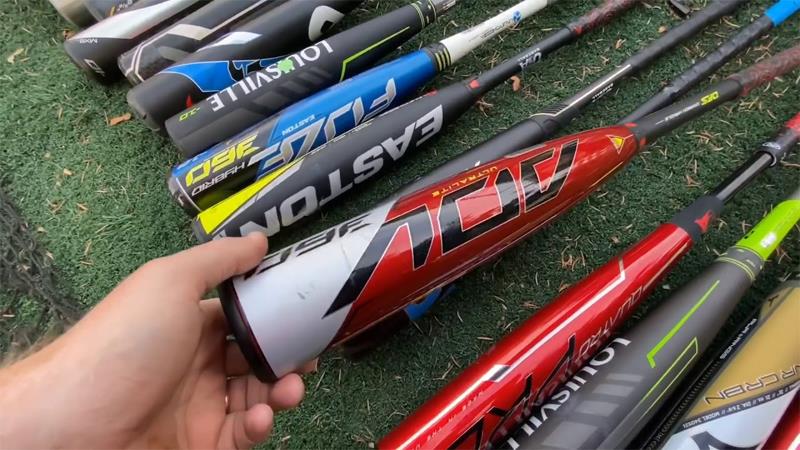Flying with baseball gear can be challenging, but it doesn’t have to be. Whether you’re taking a quick trip for a game or heading off on vacation with your team, you can rest assured that you can bring your baseball gear with you on the plane. In this blog post, we’ll explain the rules for getting baseball gear on a plane and offer tips for making sure you have a hassle-free experience.
Bats
You’ll need to know the rules if you plan to bring your baseball bat when flying. Baseball bats can be considered a sporting equipment items and must follow the same regulations as other oversized items. Depending on the airline, you can check your baseball bat or carry it on the plane. A baseball bat will count as one of your checked baggage items when checking in. Depending on the airline, you may have to pay an additional fee for the bat. Also, depending on the size of your bat, it might not fit into the overhead bin and have to be checked in. If this is the case, make sure to purchase an approved bag designed to carry sporting equipment. Read more about the best inventory management software apps sarkepo
If you are bringing a baseball bat on board, make sure it is not prohibited and fits within the dimensions outlined by the airline. A baseball bat should fit comfortably in the overhead bin or underneath the seat. It’s always a good idea to call ahead and double-check the airline’s policy on sporting equipment.
Balls
Balls are allowed in your checked luggage as long as they are in a securely sealed bag or container. If you plan on carrying your balls in your carry-on, they must fit inside your item or bag, such as a backpack. You should also be aware that if your balls exceed the dimensions allowed in a carry-on, you may have to pay an additional fee at the gate. As always, it’s important to double-check the TSA’s website for the latest rules before flying.
Cleats
If you must bring your cleats, there are a few steps you should take. First, put your cleats in a checked bag rather than a carry-on. This is important because the Transportation Security Administration (TSA) has strict rules about what items can go in a carry-on. In addition, it is advisable to wrap your cleats in clothing or a bag to ensure everything is clear about the item being inspected.
You should also wrap your cleats in plastic bags so any debris can stay contained and not spread around in the rest of your luggage or backpack. Any wet soil on your cleats will harden and fall off. Nothing is worse than mud all over your things!
Helmets
It is generally not a good idea to bring a baseball or softball catcher’s mask as a carry-on since they can be cumbersome and difficult to stow in the overhead compartment. If you must travel with your catcher’s mask, it is best to check it in as baggage. Again, double-check with the airline before your flight to confirm their policies regarding helmets. You can check here how to invest money in an online business starting from scratch and succeed imujio
Gloves
Gloves should be packed to prevent them from being damaged during the flight. This means wrapping them in a soft cloth and placing them in a hard-sided case or bag. Use a glove case specifically designed for travel, which is often padded and provides additional protection. It’s also a good idea to stuff the glove with tissue paper or something similar to ensure it keeps its shape during the flight.
Bags
When it comes to bringing baseball gear on a plane, bat bags are essential. Not only do they help keep all your gear organized, but they can also make it easier to transport the items you need with you when you’re traveling. When choosing a bag for your baseball gear, it’s important to find something that is both large enough to hold all your items and light enough to comply with airline baggage requirements.
Soft-sided bags are often a good choice because they can provide plenty of storage space while still being lightweight. If you’re carrying multiple bats, it’s a good idea to look for a bag with specific compartments designed to store them securely. Another option is a rolling duffel bag which provides plenty of room for your equipment and makes it easy to move around in the airport.
When traveling with baseball gear, it’s important to make sure that you are aware of the airline’s size and weight restrictions for baggage. If you exceed these limits, you may have to pay additional fees. Check the airline’s website before packing to avoid unexpected costs or hassles at the airport.
When traveling with baseball gear, it’s important to make sure that you are aware of the airline’s size and weight restrictions for baggage. If you exceed these limits, you may have to pay additional fees. Check the airline’s website before packing to avoid any unexpected fees or hassles at the airport.

